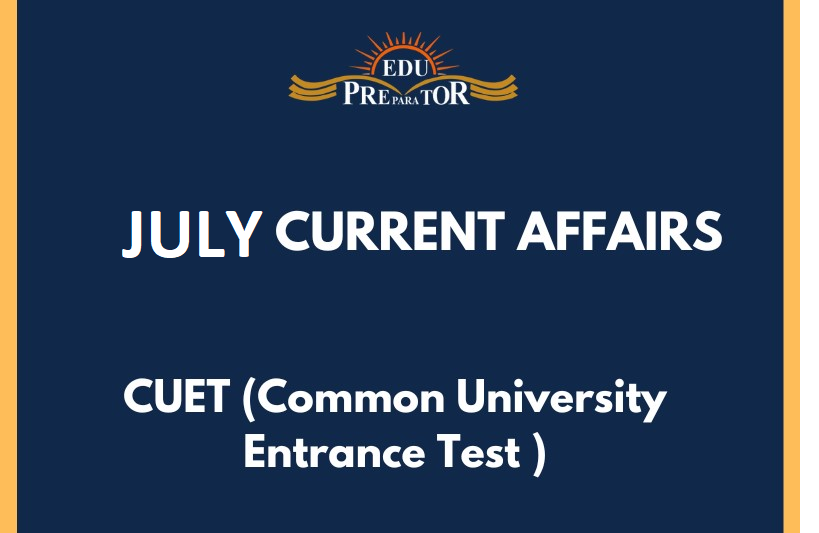
Fueling Linguistic Diversity: The Launch of Project ASMITA
The Linguistic Renaissance: Unveiling Project ASMITA
- Launched recently, Project ASMITA is a governmental initiative aiming to produce 22,000 books in Indian languages over the next five years.
- It has been birthed as part of the larger efforts by the government to promote Indian languages in education, following the guidelines of the National Education Policy (NEP) 2020.
Founding Pillars: Origins and Implementers of Project ASMITA
- The project was launched by the Union Ministry of Education and the University Grants Commission (UGC).
- This is a joint endeavor by UGC and the Bharatiya Bhasha Samiti, both aiming to enhance the value of Indian languages in education.
- UGC, a body forged in 1953 and made a statutory organization in 1956, oversees teaching, examination, and research standards in university education.
- The Bharatiya Bhasha Samiti, established by the Ministry of Education in 2021, serves as a High Powered Committee for Promotion of Indian Languages.
Blueprint for Execution: The Plan and Platforms for Project ASMITA
- Thirteen nodal universities along with various member universities have been selected to headline this project across different regions. and the Bharatiya Bhasha Samiti. This is meant to enhance real-time translation in Indian languages.
Project ASMITA's Objectives: Envisioning a Linguistically Inclusive Future
- The project envisages creating an extensive pool of academic resources in 22 scheduled languages, initiating a linguistic bridge for improved social cohesion, unity, and transforming India's youth into globally conscious, socially responsible citizens.
Linguistic Spectrum: The Languages Encompassed by Project ASMITA
- The project encapsulates the variety of India's linguistic richness by addressing all 22 languages listed in the Eighth Schedule of the Indian Constitution: Assamese, Bengali, Gujarati, Hindi, Kannada, Kashmiri, Konkani, Malayalam, Manipuri, Marathi, Nepali, Oriya, Punjabi, Sanskrit, Sindhi, Tamil, Telugu, Urdu, Bodo, Santhali, Maithili, and Dogri.
- For consistent execution, UGC has developed a
- Standard Operating Procedure (SOP) for each language-specific book-writing process.
- The project's ambitious goal is to produce 1,000 books in each of the 22 languages in a span of five years. This will result in a grand total of 22,000 books in Bharatiya Bhasha (Indian languages).
- Furthermore, the commission aims to rollout 1,800 textbooks in Arts, Science, and Commerce streams by June 2025.
The Linguistic Companions: Additional Initiatives Launched With Project ASMITA
- Bahubhasha Shabdkosh: A comprehensive multilingual dictionary repository, initiated by the Central Institute of Indian Languages (CIIL) and the Bharatiya Bhasha Samiti. The resource will facilitate the usage of Bharatiya words, phrases, and sentences across IT, Industry, Research, and Education.
- Real-time Translation Architecture: Developed by the National Educational Technology Forum (NETF)



Comments
Nam cursus tellus quis magna porta adipiscing. Donec et eros leo, non pellentesque arcu. Curabitur vitae mi enim, at vestibulum magna. Cum sociis natoque penatibus et magnis dis parturient montes, nascetur ridiculus mus. Sed sit amet sem a urna rutrumeger fringilla. Nam vel enim ipsum, et congue ante.
Cursus tellus quis magna porta adipiscin
View All